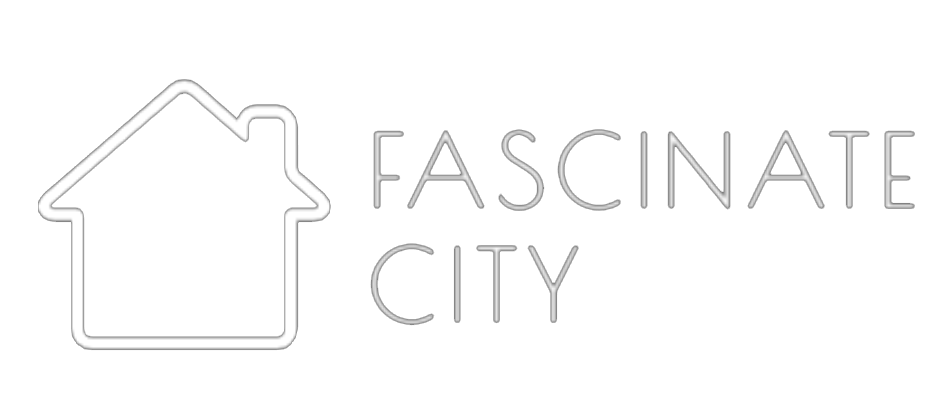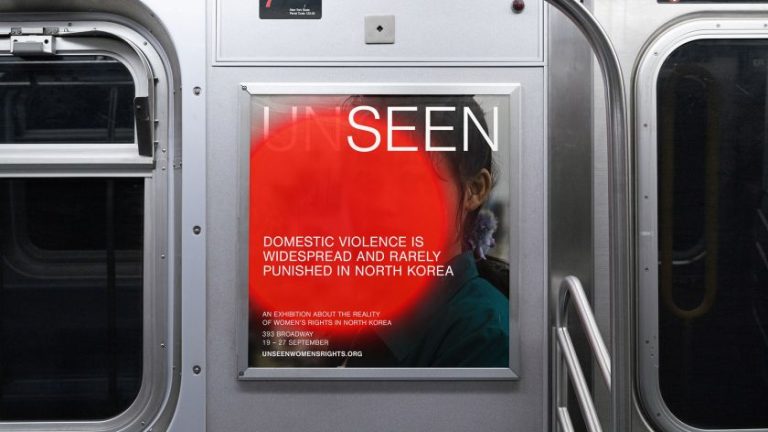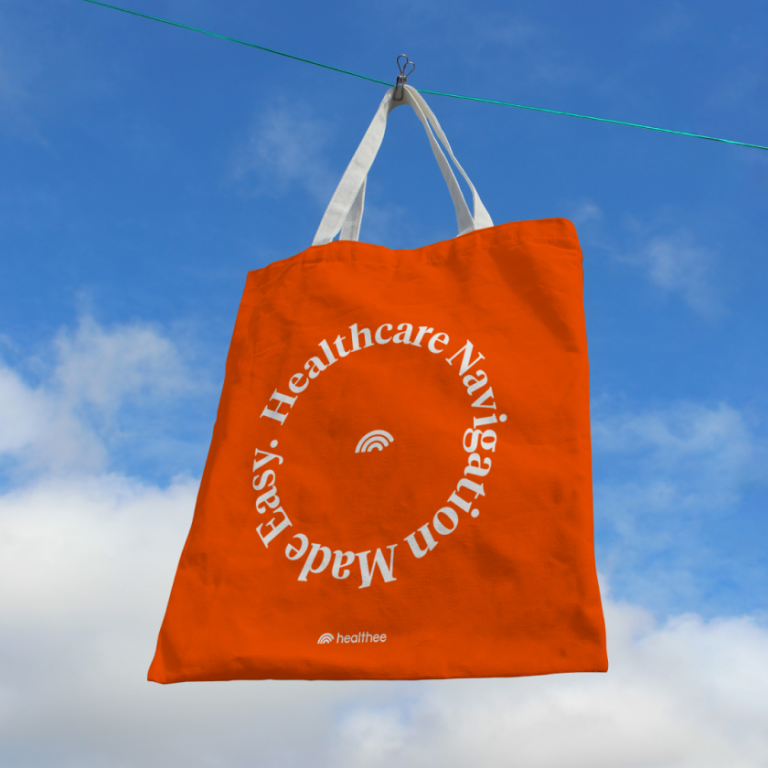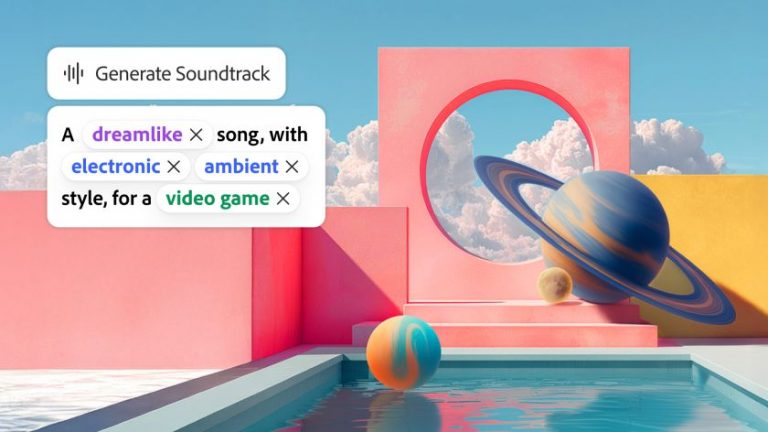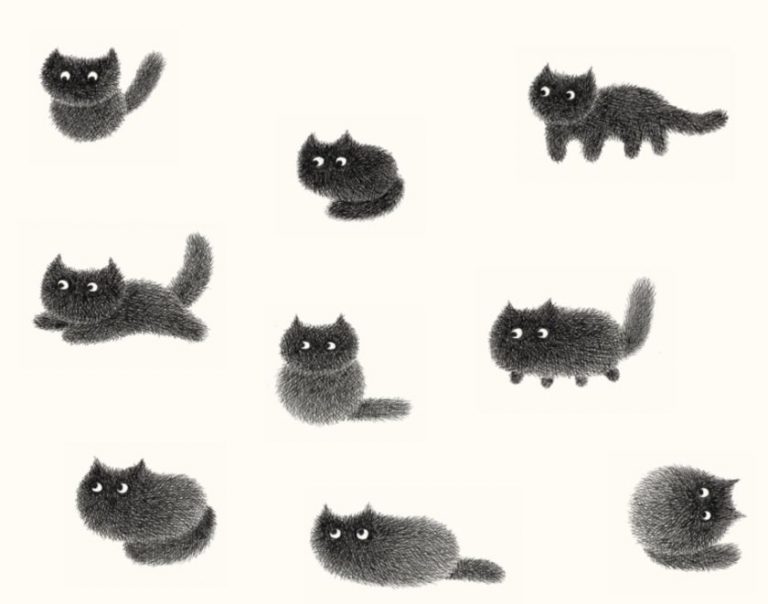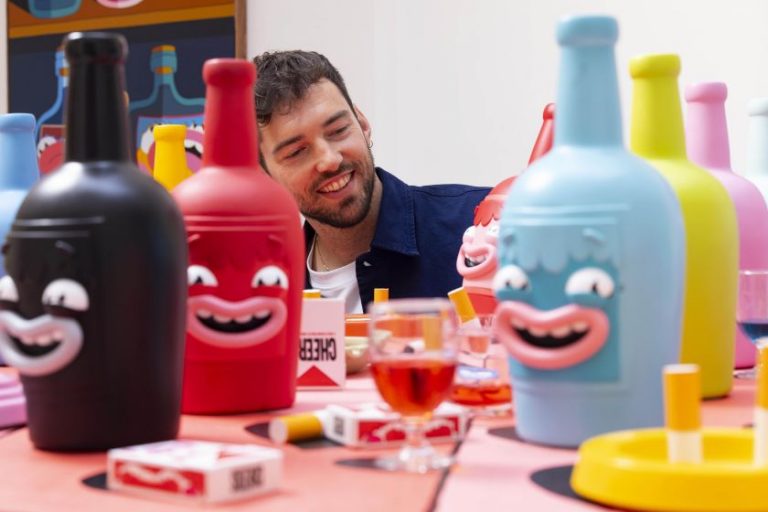Image licensed via Adobe Stock
What are the human skills that’ll make you irreplaceable in an AI world, and how do you get better at them?
One of the joys of being a journalist is that creative people are typically willing, determined even, to share their stories with me. Unfortunately, it’s not always appropriate to share these stories with the public, as it could potentially damage them or their employers’ reputation. And Creative Boom is all about building creatives up, not knocking them down.
It’s safe to say, though, that recently I’ve heard stories that sound a lot like the following…
A panicked client rings the agency, saying they want to completely change their campaign three days before launch. Not because the work was wrong, but because it felt empty. Soulless, they said.
So the million-dollar question is: was AI involved in creating this campaign? In truth, sometimes yes, sometimes no. But in a world drowning in AI slop, clients are starting to run scared. I’m starting to wonder: since this work is so generic, will we be accused of using AI, even if it’s not the case?
All of which gives me hope that there are human skills which AI cannot replicate, that will keep us creatives not just employed, but indispensable over the long term.
So what actually are these skills? Here are five key areas where I believe people will always trump lines of code.
1. Being able to read people (not just data)
Once, I watched a junior designer spend six hours perfecting a logo in digital software. Every pixel was geometrically perfect. Finally, an experienced art director glanced at the brief, sketched three ideas on Post-it notes and nailed exactly what that specific client needed. The difference? The art director understood the client’s business and the challenges it was facing. They understand how that particular person thinks, the pressures they were under, and their vision for the future. They could, in short, read between the lines.
AI can spot positive or negative words in text, but it can’t sense the awkward silence when the boss’s boss walks into a meeting. It can’t see the tiny flinch that tells you your concept hits too close to home, or catch the moment when scepticism turns to excitement.
A friend was giving a presentation to a medium-sized software company once. His data said his idea made sense. But something about the founder’s body language—crossed arms, tight shoulders—told him he’d missed the mark.
Instead of pushing ahead with his polished presentation, he stopped and asked about the client’s father, who’d started the company. The ensuing conversation wasn’t about fonts or colours. It was about family legacy and what the business really meant.
My friend never actually took the project in the end, but he left on good terms, having nailed what mattered beyond the brief.
2. Life experience
AI learns from internet content, which means it inherits all the internet’s blind spots and biases. It may know basic facts like “red means luck in China but danger in the West”. But it lacks deeper local knowledge, an appreciation of subtlety, and the ability to interpret fast-changing memes that humans instinctively grasp. Which means it can’t really navigate the cultural currents that make campaigns work or fail spectacularly.
That gap year travelling Asia, conversations with your elderly neighbour about rationing during the war, family dinners where three generations argue about everything—these create a cultural understanding no algorithm can match.
I once needed to talk about sustainability to both Gen Z consumers and baby boomer decision-makers. I needed to find a way to pitch my ideas that would connect with both audiences. Getting started on this, I admit, was a bit of a struggle. So I turned to ChatGPT for ideas. Unfortunately, the concepts it threw up, while environmentally correct, were culturally clueless.
My breakthrough eventually came chatting to a mate down the pub. He’d grown up with a grandmother who mended everything and also had a brother who was a climate activist. Discussing their family dynamics helped me understand (on a very human level) how sustainability meant completely different things to different generations. This eventually led me towards the right messaging for my talk, while AI had only delivered cliches.
3. Getting messy
Life experience brings you a lot of things, but I think one of the most important is the ability to truly be different and think outside the box. In contrast, AI excels at identifying patterns and replicating what works. This makes it great for producing familiar, safe work. But breakthrough creative ideas succeed because they break patterns and venture into unknown territory.
Remember how everyone last year was talking about ‘Brat summer’? Inspired though Charli xcx’s album was, this wasn’t just about the music. It felt like a cultural shift against overly perfect, overly produced content, in favour of the messy and the authentic. And I don’t think that was a passing fad. The more AI smooths the edges of our creative work, I believe the more people will be seeking an alternative.
The broader point here is that our willingness to risk being wrong, to fall short, to be imperfect is precisely what makes us creative. The best creative ideas come from hunches, from connecting random dots, from having the courage to present something that makes everyone uncomfortable—including you.
AI needs clear instructions and defined goals. But real creative briefs are messy. They come with contradictory requirements, impossible deadlines, and clients who can’t explain what they want but know it when they see it.
All this makes humans’ ability to work in chaos invaluable. While contradictory inputs push AI to the breaking point, human creatives often relish the challenge; it gets our blood pumping and forces fresh ideas to the surface. Many of us have spent careers learning to find solutions within impossible constraints. And we’ve developed skills that only come from repeatedly facing the impossible and somehow making it work.
4. Managing real relationships
As AI handles more of the technical work, human connections will become more valuable. If we’re honest, our clients aren’t just buying ideas; they’re buying trust, partnership, and the confidence that someone truly gets their challenges.
In practice, that means they’re buying someone they can pick up the phone and have a chat with. Maybe even go for coffee or lunch with them. Someone who remembers the client’s daughter has just started university, notices they’ve just had their hair done, or seems stressed. Someone who offers real support, who celebrates wins and shares losses.
That’s potentially something AI can replicate at a superficial level. But superficial is all it will ever be. Forging these relationships requires skills that can’t be programmed: listening properly, showing empathy, being vulnerable, knowing when to push and when to support.
We gain these skills through practice, mistakes, and thousands of human interactions. And we sometimes get it wrong. But that just makes it all the more important and meaningful when we get it right.
5. The ability to work with AI
The four skills above are things that only humans can do, and AI can’t match. But the last skill on our list is a bit different: the ability to partner with AI while keeping your human edge.
Ultimately, the future of creative work won’t be about competing with machines or pretending they don’t exist. It’ll be about finding a path where everyone (and everything) does what they’re best at.
Part of that means our roles will evolve from “maker” to “decision-maker”. We’ll spend fewer hours creating, but more hours curating. Less time executing, but more time making sure that execution serves real, human needs, including the messy, emotional stuff.
Yes, we’ll increasingly rely on AI for routine tasks. But that will allow us to focus more on things we humans do best, such as understanding context, building relationships, taking creative risks, and exhibiting genuine emotion and cultural insight.
Our value will be less in what we make, and more in why we choose to make it; how we handle the human complexities around creating it; and whether our work serves purposes deeper than just ticking algorithmic boxes.
